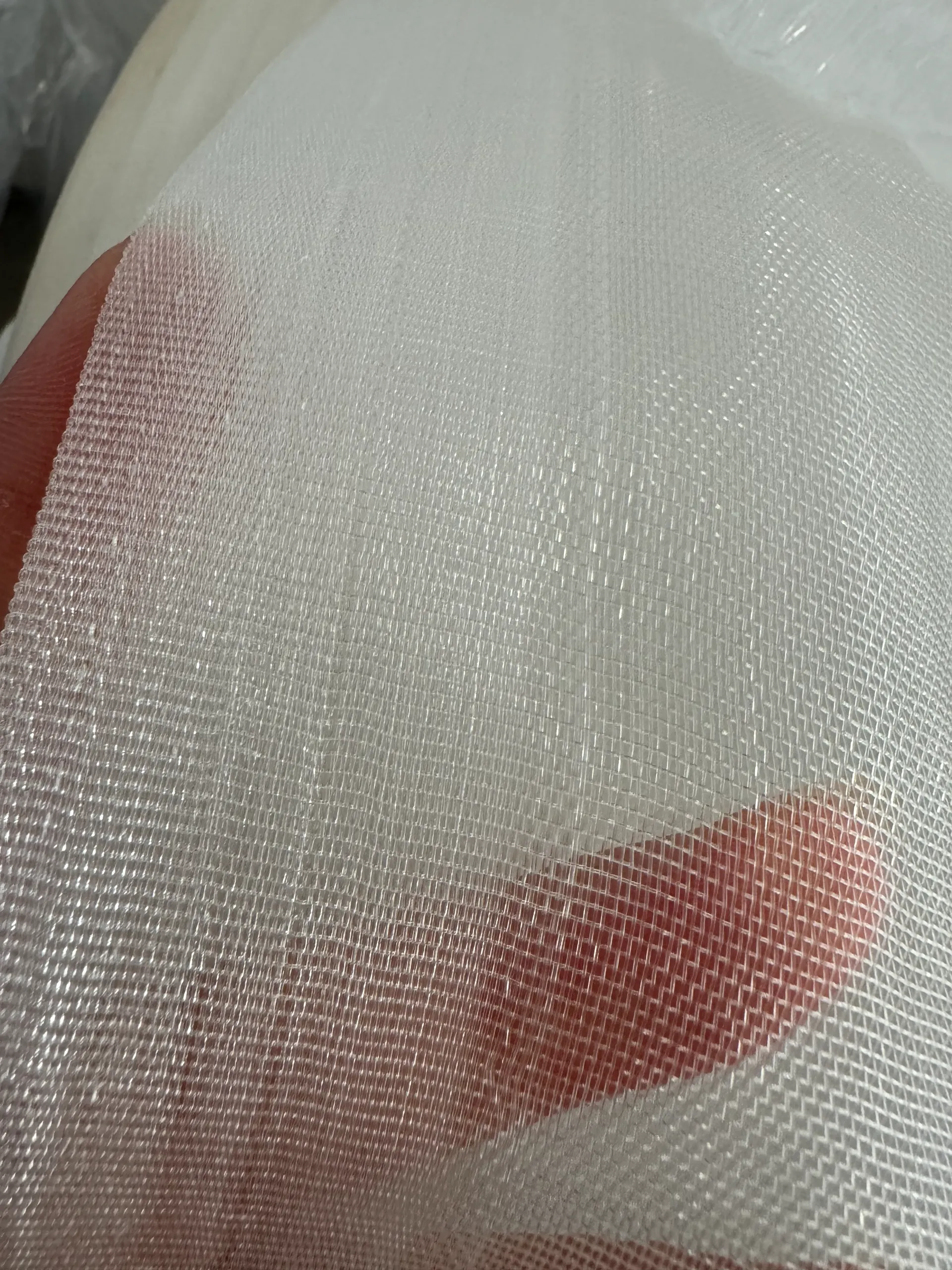-
 Afrikaans
Afrikaans -
 Albanian
Albanian -
 Amharic
Amharic -
 Arabic
Arabic -
 Armenian
Armenian -
 Azerbaijani
Azerbaijani -
 Basque
Basque -
 Belarusian
Belarusian -
 Bengali
Bengali -
 Bosnian
Bosnian -
 Bulgarian
Bulgarian -
 Catalan
Catalan -
 Cebuano
Cebuano -
 China
China -
 Corsican
Corsican -
 Croatian
Croatian -
 Czech
Czech -
 Danish
Danish -
 Dutch
Dutch -
 English
English -
 Esperanto
Esperanto -
 Estonian
Estonian -
 Finnish
Finnish -
 French
French -
 Frisian
Frisian -
 Galician
Galician -
 Georgian
Georgian -
 German
German -
 Greek
Greek -
 Gujarati
Gujarati -
 Haitian Creole
Haitian Creole -
 hausa
hausa -
 hawaiian
hawaiian -
 Hebrew
Hebrew -
 Hindi
Hindi -
 Miao
Miao -
 Hungarian
Hungarian -
 Icelandic
Icelandic -
 igbo
igbo -
 Indonesian
Indonesian -
 irish
irish -
 Italian
Italian -
 Japanese
Japanese -
 Javanese
Javanese -
 Kannada
Kannada -
 kazakh
kazakh -
 Khmer
Khmer -
 Rwandese
Rwandese -
 Korean
Korean -
 Kurdish
Kurdish -
 Kyrgyz
Kyrgyz -
 Lao
Lao -
 Latin
Latin -
 Latvian
Latvian -
 Lithuanian
Lithuanian -
 Luxembourgish
Luxembourgish -
 Macedonian
Macedonian -
 Malgashi
Malgashi -
 Malay
Malay -
 Malayalam
Malayalam -
 Maltese
Maltese -
 Maori
Maori -
 Marathi
Marathi -
 Mongolian
Mongolian -
 Myanmar
Myanmar -
 Nepali
Nepali -
 Norwegian
Norwegian -
 Norwegian
Norwegian -
 Occitan
Occitan -
 Pashto
Pashto -
 Persian
Persian -
 Polish
Polish -
 Portuguese
Portuguese -
 Punjabi
Punjabi -
 Romanian
Romanian -
 Russian
Russian -
 Samoan
Samoan -
 Scottish Gaelic
Scottish Gaelic -
 Serbian
Serbian -
 Sesotho
Sesotho -
 Shona
Shona -
 Sindhi
Sindhi -
 Sinhala
Sinhala -
 Slovak
Slovak -
 Slovenian
Slovenian -
 Somali
Somali -
 Spanish
Spanish -
 Sundanese
Sundanese -
 Swahili
Swahili -
 Swedish
Swedish -
 Tagalog
Tagalog -
 Tajik
Tajik -
 Tamil
Tamil -
 Tatar
Tatar -
 Telugu
Telugu -
 Thai
Thai -
 Turkish
Turkish -
 Turkmen
Turkmen -
 Ukrainian
Ukrainian -
 Urdu
Urdu -
 Uighur
Uighur -
 Uzbek
Uzbek -
 Vietnamese
Vietnamese -
 Welsh
Welsh -
 Bantu
Bantu -
 Yiddish
Yiddish -
 Yoruba
Yoruba -
 Zulu
Zulu
Innovative Applications and Benefits of GFRP Mesh in Modern Construction Techniques
Understanding GFRP Mesh Applications, Benefits, and Future Trends
Glass Fiber Reinforced Polymer (GFRP) mesh is increasingly becoming a staple in various construction and engineering applications. This innovative material, consisting of a composite of glass fibers and polymer resin, is known for its strength, durability, and lightweight properties, making it an ideal choice for several industries. In this article, we will explore the characteristics of GFRP mesh, its significant benefits, and its prospective applications in the future.
Characteristics of GFRP Mesh
GFRP mesh is composed of woven glass fibers that are impregnated with a polymer matrix. This combination creates a composite material that boasts a high tensile strength, excellent corrosion resistance, and robust thermal stability. Unlike traditional materials such as steel, GFRP does not rust or degrade in harsh environments, making it especially advantageous for applications in marine, chemical, and high-moisture conditions. Additionally, GFRP mesh is lightweight, which simplifies handling and installation, further increasing its appeal for construction projects.
Key Benefits of GFRP Mesh
1. Corrosion Resistance One of the most significant advantages of GFRP mesh is its ability to withstand corrosive environments. This property eliminates the need for protective coatings or frequent maintenance, which can be costly and time-consuming. As a result, structures reinforced with GFRP mesh can have a longer lifespan and reduced life-cycle costs.
2. Lightweight The lightweight nature of GFRP mesh contributes to easier transportation and installation. This attribute is particularly beneficial in conditions where heavy materials may cause logistical challenges. The reduced weight also translates to lower transportation costs and minimal structural load on the foundations, making GFRP mesh a preferred option in various construction projects.
3. High Strength-to-Weight Ratio GFRP mesh has an exceptional strength-to-weight ratio. This means that it can provide effective reinforcement to structures without adding significant weight. This characteristic is particularly advantageous in applications where weight is a factor, such as bridge construction and high-rise buildings.
gfrp mesh

4. Non-Magnetic and Non-Conductive Unlike steel reinforcement, GFRP mesh is non-magnetic and non-conductive, making it ideal for applications where electromagnetic interference is a concern. This makes it useful in areas around sensitive electrical equipment or in structures where magnetic fields may disrupt operations.
Applications of GFRP Mesh
GFRP mesh is employed in various fields, including civil engineering, construction, marine applications, and even sports facilities. In civil engineering, it can be used for reinforcing concrete in bridges, tunnels, and retaining walls. Its corrosion resistance makes it a suitable choice for structures exposed to harsh environments, such as coastal and industrial settings.
In the construction sector, GFRP mesh has seen increasing use in the rehabilitation of aging infrastructure. By retrofitting existing structures with GFRP mesh, engineers can extend their lifespan and improve their load-bearing capabilities without extensive renovations.
Moreover, GFRP mesh is being adopted in innovative architectural designs, where its lightweight and strength properties allow for more creative and sustainable solutions that were previously unattainable with traditional materials.
Future Trends
As the demand for sustainable construction materials grows, GFRP mesh is likely to see expanded use globally. Innovations in manufacturing processes and the development of bio-based resins could also enhance the sustainability of GFRP products, making them even more attractive to eco-conscious builders and developers.
In conclusion, GFRP mesh presents a multitude of advantages that position it as a transformative material in the fields of construction and engineering. Its lightweight and corrosion-resistant qualities make it an invaluable resource for enhancing the performance and longevity of structures, promising a versatile future with numerous applications across various industries. As advancements continue, GFRP mesh is set to play a vital role in building the infrastructure of tomorrow.
-
Shipping Plastic Bags for Every NeedNewsJul.24,2025
-
Safety Netting: Your Shield in ConstructionNewsJul.24,2025
-
Plastic Mesh Netting for Everyday UseNewsJul.24,2025
-
Nylon Netting for Every UseNewsJul.24,2025
-
Mesh Breeder Box for Fish TanksNewsJul.24,2025
-
Expanded Steel Mesh Offers Durable VersatilityNewsJul.24,2025











